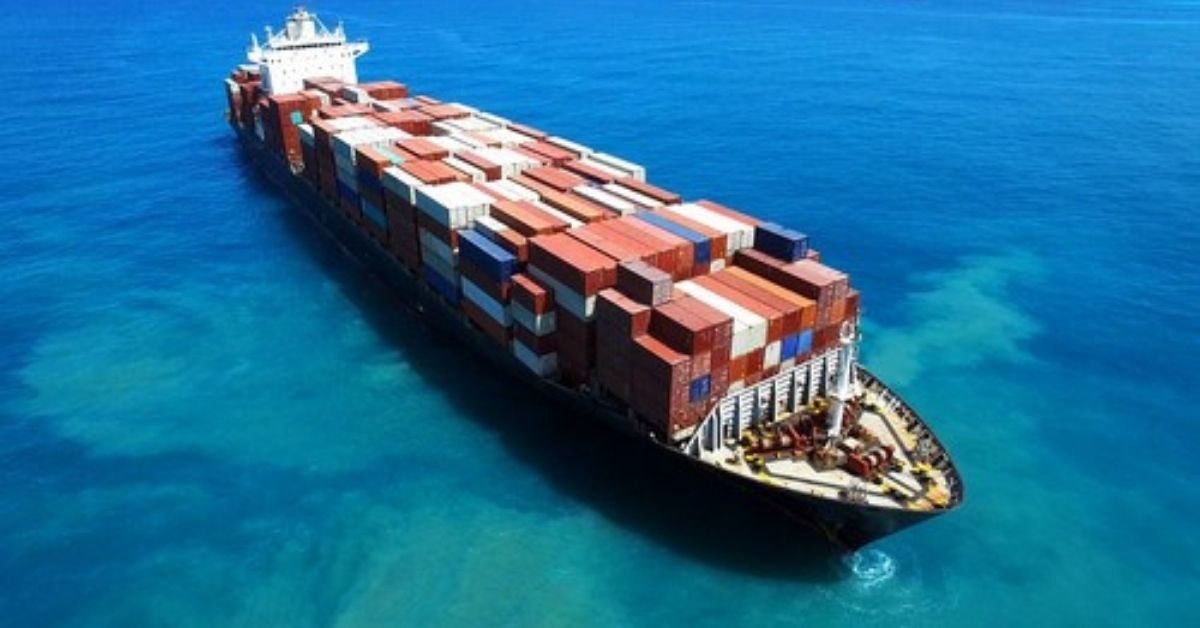The crisis hits exporters at a time when they are striving to reap benefits of a resurgence in global demand for merchandise, and threatens the country’s ambitious $400-billion export target for FY22.
Worried about an over 300% jump in shipping costs in August from a year before, the government is exploring a range of options–including incentivising the setting up of domestic shipping lines and temporary fiscal support — to soften the blow to exporters.
The crisis hits exporters at a time when they are striving to reap benefits of a resurgence in global demand for merchandise, and threatens the country’s ambitious $400-billion export target for FY22.
Sources told FE that the government is weighing both short-term and long-term measures, and a final decision will be made soon. For immediate relief, it’s considering demands to extend fiscal support to Covid-hit exporters for the next 6-7 months to bolster their ability to honour supply commitments on time. For exporters of specified farm products, it’s planning to re-introduce the Transport and Marketing Assistance (TMA) scheme for at least one more year.
Under the TMA, which was valid for two years through March 2021, the government reimbursed exporters a certain portion of freight charges and offered assistance for the marketing of select agricultural produce.
As for long-term measures, the government is weighing various ideas, including tax and other incentives, to woo large players to set up shipping lines in India. Since the state-run Shipping Corporation of India (SCI) caters for less than 5% of the $60-billion domestic market, it’s not in a position to ensure orderly evolution of the shipping cost curve, exporters say. As such, the government has put the SCI on the block for sale.
The Centre also wants to encourage domestic companies to ramp up the production of containers, an acute shortage of which has accentuated the current crisis.
The crisis has caught the attention of the higher echelons of the government. Cabinet secretary Rajiv Gauba held a meeting of top officials on Wednesday and the shipping ministry convened another one on Thursday, commerce secretary BVR Subramanyam said. Commerce and industry minister Piyush Goyal is expected to huddle with top government and trade officials again this week to zero in on viable solutions.
To be sure, shipping costs have gone through the roof across the globe and India isn’t an outlier. In fact, the costs in China have surged at a much faster pace than in India. The resurgence of Covid infections in the world’s second-largest economy and consequent restrictions there have led to a delay in turnaround time for ships. Trade sources said Chinese suppliers are luring large ships with higher freight charges. However, given Beijing’s massive covert subsidies, the competitiveness of its exporters remains intact. So, the Indian government, too, must find ways to cushion the blow to them, domestic exporters say.
Importantly, the suppliers’ delivery times index, which has a 15% weight in the manufacturing PMI, dropped again in August across Asia, indicating that supply woes are only exacerbating. Depleting inventories and input shortages could force firms to trim manufacturing and delay shipments.
The crisis comes at a time when demands for merchandise from key western markets see a sudden spurt in the wake of an economic rebound there. After a Covid-induced 7% drop in FY21, the country’s exports until August have now exceeded even the pre-pandemic level for six months in a row. Outbound shipments in the first five months of this fiscal rose to $164 billion, recording a jump of 67% year-on-year and 23% from the pre-Covid (same period in FY20) level.
The Cabinet, in July, approved a Rs 1,624-crore scheme to promote the flagging of merchant ships in India by extending subsidy to domestic shipping companies in global tenders floated by ministries and central public sector enterprises. Although it’s a good move for the medium-to-long term, it doesn’t really extend succour to deal with short-term woes, exporters reckon. As such, the scheme alone won’t be adequate to address exporters’ woes.
Ajay Sahai, director general and chief executive at apex exporters’ body FIEO, also called for substantially raising the budgetary outlay for the TMA scheme for farm exporters and relaxing the eligibility criteria. The budgetary outlay for FY21 was only Rs 100 crore. This crimps the government’s ability to undertake large-scale interventions. Also, many farm exporters are small businesses that supply in limited volumes. However, the government stipulates that, to be eligible for subsidy under the TMA scheme, an exporter needs to ship out at least a container full of goods.
Source : Business Journal




